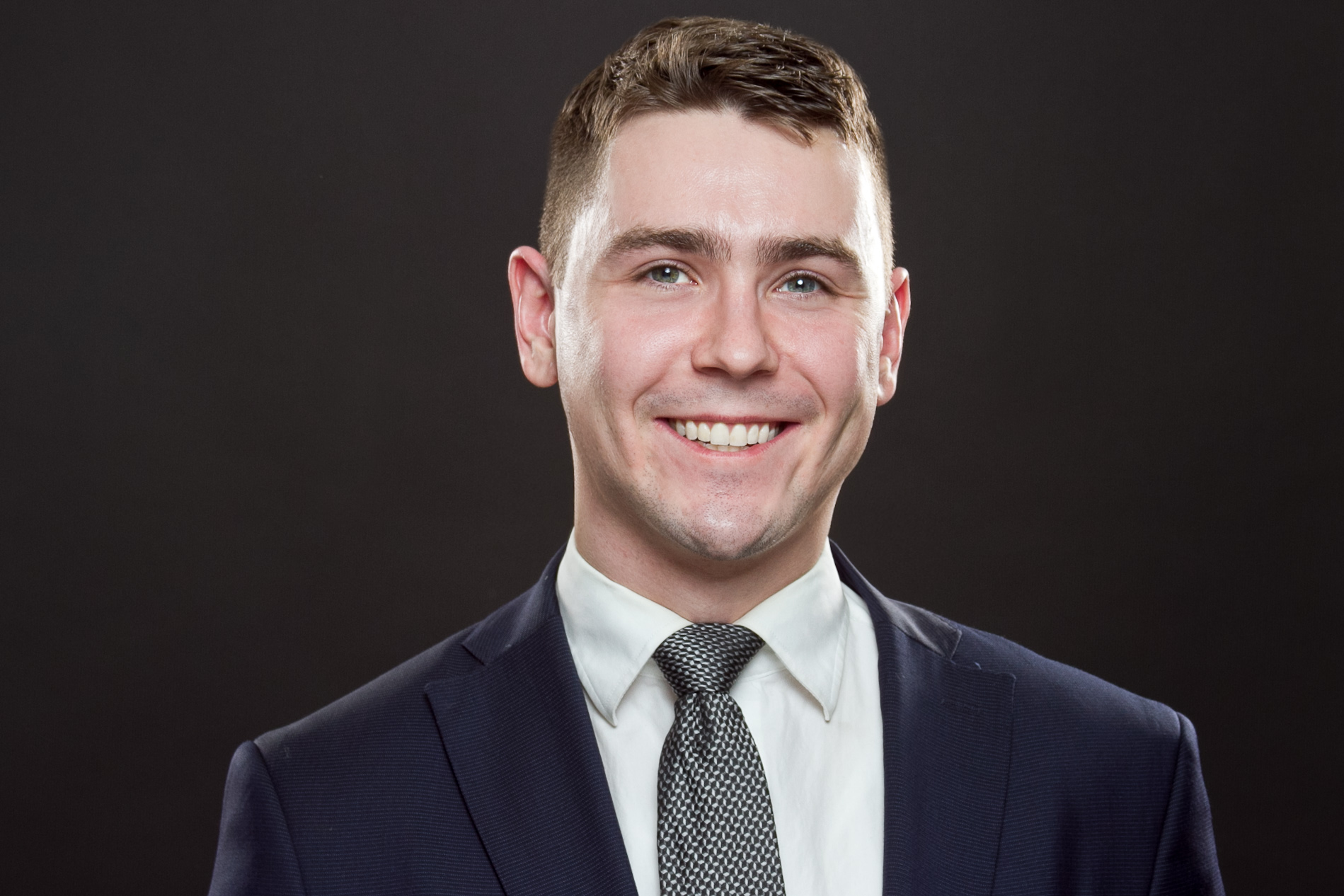Jonathan: I recently spoke to Alicia Connor MA, a Registered Dietitian Nutritionist (RDN) and chef, about diet, meal planning, and nutrition. Below is an edited version of our conversation:
Jonathan: Is there a distinction between nutritionist and dietitian?
Alicia: It’s different training and different required coursework. There could be a two or four year program, or there could be a master's degree included. To become a registered dietitian nutritionist (RDN) specifically, an internship and passing the registration exam is required. RDNs are also required to have a master's degree.
Jonathan: And your background is dietitian?
Alicia: Correct, and I've had this credential for just over 10 years now.
Jonathan: And the chef part?
Alicia: I worked as a cook and chef first and then went back to school because I didn't finish my college degree originally.
Jonathan: How much of your work is spent with people that have an underlying medical condition that necessitates dietary constraints compared to others who are just well and want to continue to stay well?
Alicia: A lot of people that I work with have Pre-diabetes or Type 2 diabetes, want to lose weight, and/or want to manage chronic disease. Other clients have underlying issues. For example, one of my clients has pancreatic insufficiency and he had a lot of digestive issues. Since working with him, symptoms have resolved. We're going deeper to see if we can improve the health of his pancreas. I would say most people have something deeper that they're not giving enough attention to, like sleep quality.
Jonathan: What would you say to the person that is under a lot of stress, because I imagine people who are reading this are business owners.
Alicia: I would recommend it's eating balanced meals and snacks throughout the day, focusing on a nutrition-based eating plan. I work with a lot of clients on behavior and how they think and feel. If we're pulling the trigger on emotions all day long, we're responding in a way that's elevating our stress, then that has a huge impact on health. When we're stressed, that’s one variable that increases blood sugars. Our body thinks we're being chased by a tiger when we're stressed, when in fact we might be just sitting at a computer.
Jonathan: You mentioned more meals or more snacks…is there an optimal number?
Alicia: Four to six, but everything depends. If you're somebody that exercises in the morning, have something before you exercise. This could be a small thing. But if you're doing strength training, have something protein-based afterwards. You are trying to fuel what you're doing. In general, I recommend four times a day.
Jonathan: Inflammation as the cause of illness has been a hot topic for a while. How hard is it to counter that with an anti-inflammatory diet and what does that entail?
Alicia: There's some major foods that you could avoid like gluten, dairy, vegetable oils to name a few. Some people have a response to nightshades which include tomatoes, eggplant, peppers, and potatoes. And, yes, inflammation is the precursor to a lot of illnesses.
Jonathan: After you’ve done your assessment, how much of your efforts are recommendations, suggestions, and recipes? Are you giving an entire menu to follow for the week, or is it just ‘here are some suggestions to eat’ or ‘more or less of this and do less of that’?
Alicia: I don't necessarily say eat more of this and less of that because most people know what they would like to reduce already. If somebody wants me to create a meal plan for them that's individualized, I’ll usually give ideas. I find that if it's too rigid, then people don't follow it, and the whole idea is to create a plan that's sustainable and flexible.
Jonathan: The idea of being a dietitian and having a chef background; they're complimentary.
Alicia: Absolutely. You came to one of my meal planning sessions, the one about meals that heal. The idea of bringing back Sunday suppers with the meals that heal to help with physical, social, and mental health. If we eat and cook together, then that'll help everyone. I also do workshops like Workplace Wellness, and encourage people to bring in what they make and it can be a creative outlet. Quick & Delish Life Sessions are monthly topics that include life reflections; the February 2024 topic is about how to apply research-supported benefits of the Mediterranean diet and lifestyle.
Jonathan: Alicia, thank you for your time and insights. Alicia can be reached at:
email: alicia@aliciaconnor.com
website: www.aliciaconnor.com
Alicia on LinkedIn






